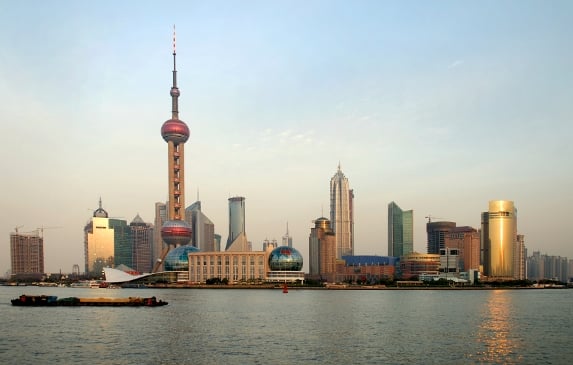The large inflows into WisdomTree's Asia local-debt fund speaks volumes about investor enthusiasm for U.S. stocks and Treasuries
Need more proof that investors are chasing down yield no matter where it leads them? Well, consider this: WisdomTree Investments Inc.'s Asia Local Debt ETF and Managed Futures Strategy ETF were the two-top selling exchange-traded fund for the first half of 2011.
WisdomTree's Asia Local Debt ETF Ticker:(ALD), which was launched in March, tops the list of ETF new launches for the year, with $470.98 million in net flows as of June 30, according to IndexUniverse.com. The firm's Managed Futures Strategy Fund, Ticker:(WDTI), which went live in January, saw $194.72 million in net flows in the first half.
Both ETFs were the first of a kind, which is very important in the ETF market, said Jonathan Steinberg, chief executive of WisdomTree.
True enough. But the success of Asia Local Debt ETF also shows that investors are looking way beyond equities and government bonds for returns. “People are saying ‘give me something other than Treasuries and U.S. stocks,” said David Nadig, director of research at Index Universe.
Indeed, the ETF's popularity is a sure sign that investors are more willing than ever to go outside of the U.S. for yield, said Tom Lydon, president of Global Trends Investments.
“Ten years ago investing outside the U.S. was deemed being aggressive or too risky,” Mr. Lydon said. “But with technology, the greater interaction of the markets and with yields greater in Asian markets, it makes sense to diversify a bit.”
WisdomTree has seen an increase in interest in emerging markets overall, but particularly in Asia, Mr. Steinberg said. Sixty percent of the firm's assets are in emerging markets..
Similarly the success of WisdomTree's managed-futures ETF shows that investor are looking for noncorrelated returns, said Scott Burns, an ETF analyst at Morningstar Inc.
“The alternatives theme is really resonating with people right now, as it is one of the few hedge fund strategies that not only held up, but performed well during the market disruption,” he said.
Overall, the top 10 most successful ETF launches for the first half of 2011 seem to indicate that investors are gravitating to portfolios that will be immune to any volatility in the U.S. equity market, said Christian Magoon, an ETF consultant.
For example, ProShares VIX Short-Term ETF Ticker:(VIXY) and ETF Securities Physical Asian Gold ETF Ticker:(AGOL) saw $64.58 million and $54.59 million, respectively, in net flows as of June 30.
The list also proves that the ETF landscape still has room for innovation, since the majority of these launches are first of their kind, Mr. Nadig said.
“People have been saying ‘where could you possibly launch a new ETF?'” Mr. Nadig said. “But many of these firms on the list are targeting corners of the market that have been underepresented.”







